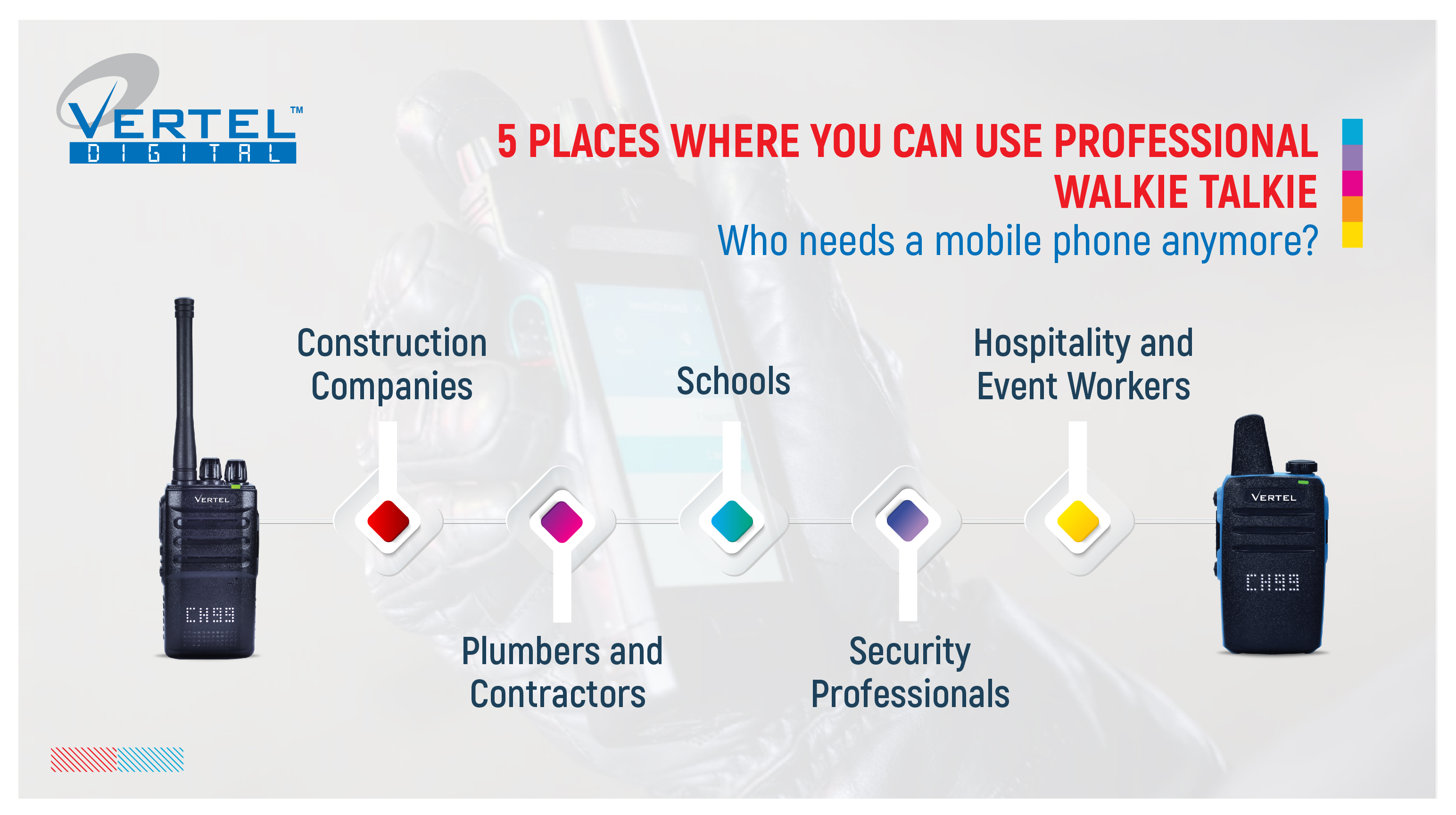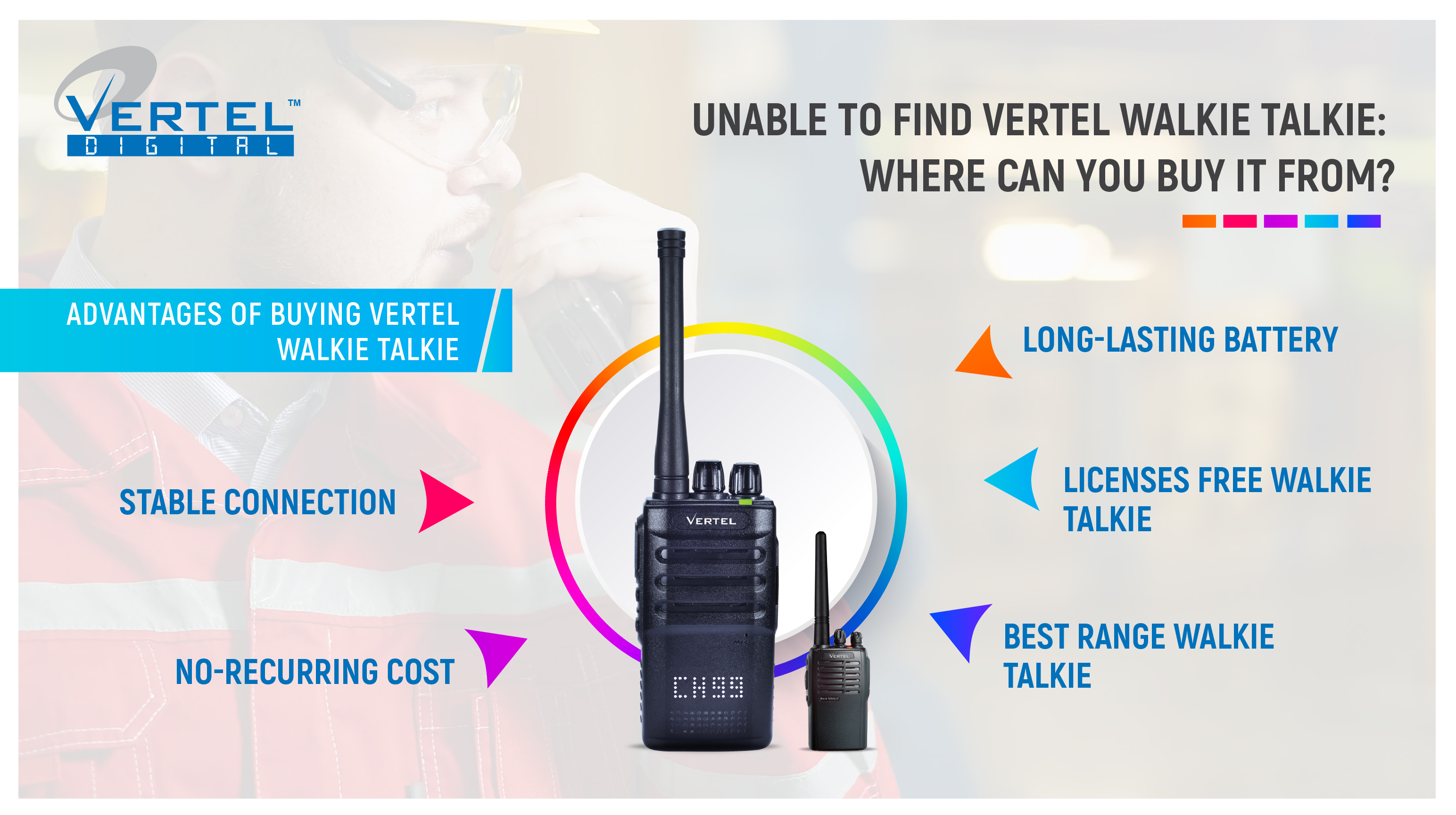Breaking the Myths Around Range of Walkie-Talkies
One of the most common questions people ask about two-way radios is “how far can we communicate with it?” The answer to this query involves a lot of variables involved at which radio frequencies depend on. These radio frequencies travel via the “line of sight” path. They can be blocked by obstructions such as walls. There is an invisible straight line of sight between the antennas and radios which can be bounced back and reflected.
As two-way radios are increasing in popularity among businesses because of their durable structure, there are also some myths that surround the range of best handheld walkie-talkies that are not to be applied. Let’s break some myths that surround today’s digital age communication technologies:
Myth #1 – Signals Always Interfere with Each Other
This is a common myth that two signals from different sources on the same channel collide somewhere in mid-air. Well, it is not like that. Two signals traveling through the air on the same frequency have zero effect on each other. There may be a possibility of signals interfering with each other if two or more signals that arrive at the same receiver.
Myth #2 – High-frequency signals are weaker than Low-Frequency Signals
There is a stereotypical myth in a two-way communication world that High-frequency signals are weaker than Low-Frequency Signals. Low frequencies work at farther distances, not because the high-frequency signals are weaker but because of their aperture size. Lower frequencies have more surface area (aperture) to capture the signals so they transmit longer distances.
Myth #3 – Radio Waves Works like Magnetic Induction
This myth is not common but has been heard many times by some experts. A radio wave is a combination of the electric field at a right angle to the magnetic field. They both travel in the perpendicular direction as they propagate signals from transmitting antenna to receiving antenna. The field close to the antenna within one wavelength is called the near field. Thus, the transmission is done by combined magnetic and electric fields.
Myth #4 – Two-Way Radios have 50 Kms Range
This is a common myth among the walkie talkies world. Most consumer radios advertise 50 Kms range but the truth is that most basic consumer radios will not provide anything near this distance. Best long-range walkie-talkies provide you effective and reliable communication. The surroundings should be ideal for communication through radios as they prefer a direct line of sight communication. Obstructions such as buildings, walls, mountains or large trees can block signals, decreasing range capabilities. Walkie-talkies are excellent pieces of communication and are a reliable investment in managing construction sites, mining sites where cellular reception is less. Whether it’s about Endless communication with loved ones or relief team to help people in disaster-prone areas, Long-Range Walkie Talkies always helps. Best wireless walkie-talkies can make business operations and communication very effective and effortless.














